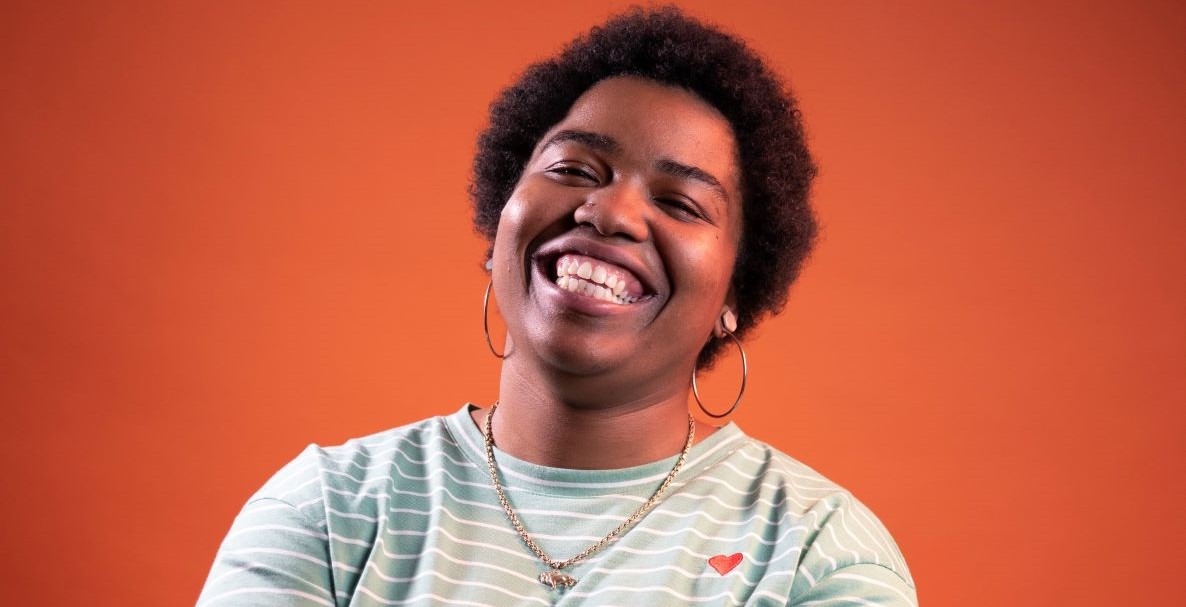When Gerald A. Brown touches clay, she can sense an ancestral connection. For nearly a decade, Brown has explored clay as a medium for reinvigorating the past and imagining new futures. Her ceramic pieces feature organic and surreal curves, mimicking both the traditional form of a vessel and the existence of something more surreal. Brown’s work also frequently uses handwritten text that is displayed on top of, next to, or around her sculptures. Her diaristic words are joined together by drawn lines and squiggles, forming a web of shapes and language.
Brown’s passion for art extends beyond her personal art practice into the realms of curation, non-profit work, and, most recently, podcasting. Her show Unraveling uses relaxed conversations to delve into contemporary topics around aesthetics and culture. Each episode brings a new guest who offers a personal lens through which they understand the meaning of art. Brown explains, “Unraveling feels like a part of my studio practice. We paint with ideas.” The second season of the podcast launches in the summer of 2024.
Brown is a steward of Black creativity. Her dedication to joy is matched by her reverence for grief. Whether in her curatorial practice or in her work as a teacher and facilitator, Brown encourages Black and Brown creatives to inspect the full range of their experiences. In trying to balance her fierce desire for freedom and moving forward one step at a time, Brown has a new mantra: “Impulsiveness does not equal impatience.”
As part of a partnership with Forman Arts Initiative, the Citizen caught up with Gerald Brown. The interview has been condensed and edited for clarity.
Logan Cryer: Tell us about you: Where are you from? How did you become an artist?
Gerald Brown: I was born and raised in the South Side of Chicago. I left and went to undergrad at Syracuse University for a BFA in Studio Arts. Initially I was a sculpture major, but in my sophomore year, I discovered ceramics and then just fell face-first into it. I still consider myself a sculptor, but ceramics is a material and a craft that I’ve aligned with and learned so much from. It’s a practice that is inherently indigenous and Black. Clay is one of the materials you can find literally all over the world.
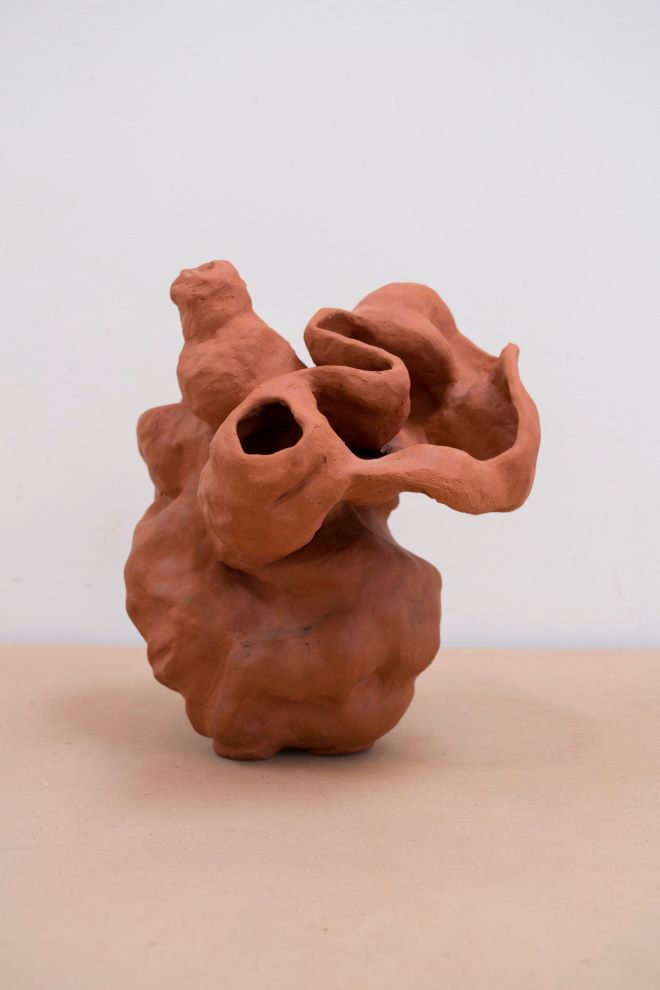
I met Peter Beasecker, my future ceramics instructor, at a gallery reception. He introduced me to a really dope book about this guy named Bill Strickland, who does a lot of nonprofit work in Pittsburgh using the arts, specifically ceramics. Peter is now a really close mentor of mine and the advisor for the nonprofit project that I run, The Clay Siblings Project. I started the project when I was an undergrad with one of my best friends, Mike Tavares. We provide free ceramics programming for high school students around the country. As Mike and I have grown in our artistic journeys post-undergrad and we’ve gained awareness of the challenges inhibiting people from connecting to clay, so we reshape the program to address these needs.
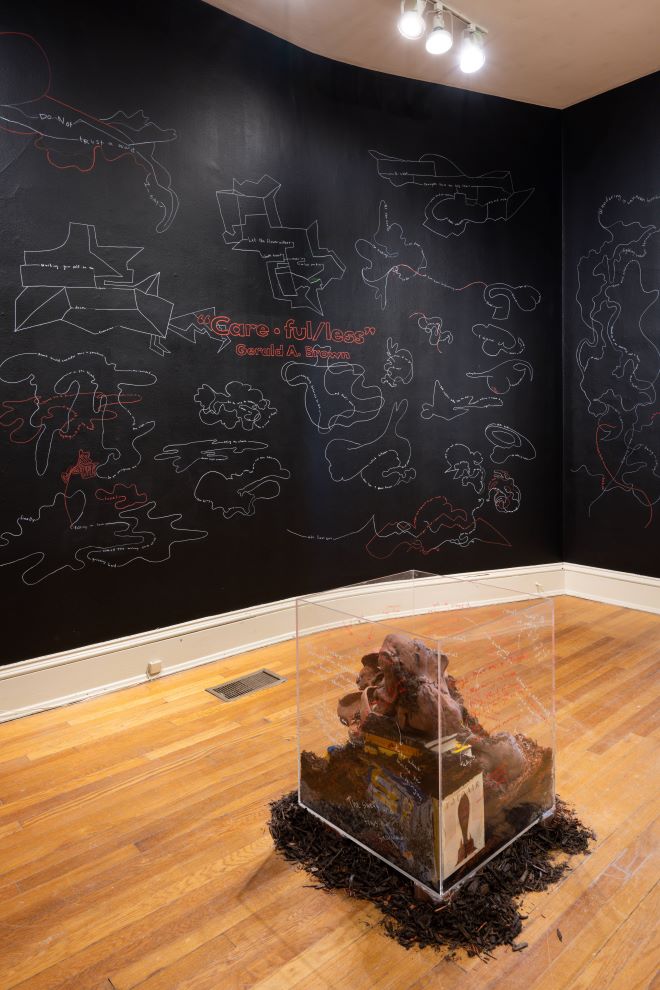
What brought you to Philadelphia?
Before I graduated, I asked one of my mentors, “If you could move to any up-and-coming city that had a blooming arts scene, where would it be?” He said, “Philly.” And a lot of other people said Philly. And so, I did a trip to Philly, had an amazing time and just felt this immediate magnetic pull to the city.
When I got here, I started working at The Clay Studio, where I gained an understanding of working in a gallery. The shop at The Clay Studio exponentially advanced my understanding of different ceramic artists. They carried so many different artists. Also, there was a rotation of three different exhibitions every month so I got really acquainted with the curatorial side of the art field.
I curated my first show at The Clay Studio, Funkadelic Awakening: A Futuristic Resistance. That catapulted me into thinking about how to impact the field in the ways that feel authentic to who I naturally am.
How would you describe your curatorial approach?
Curation feels like an extension of sculpture as a theory. I think sculpture is meant to occupy a space and interact physically with where it’s situated. It’s supposed to evoke emotions, ideas, thoughts. It can be a portal for history and future ideas all in a moment. Why shouldn’t curation operate that way as well? You could leave money on the table if you don’t think about curation like that, because then you’re just thinking about objects being in the room and that being the end. I feel like there are more ideas that you can get to if you’re thinking about space and what an object can inspire or provoke in someone. I titled the exhibition Funkadelic Awakening: A Futuristic Resistance to capture the oddly familiar but otherworldly experience the featured artists provoke.
Also, there’s a level of selflessness that I am trying to embody when it comes to curating. Of course, it can’t be completely without ego because I’m the person with the idea, but it’s really not about you because you’re not in the show.
With the podcast, I’m physically talking and I think it’s the perfect balance of me being able to show up as myself and be a part of conversations while still making it built around other people.
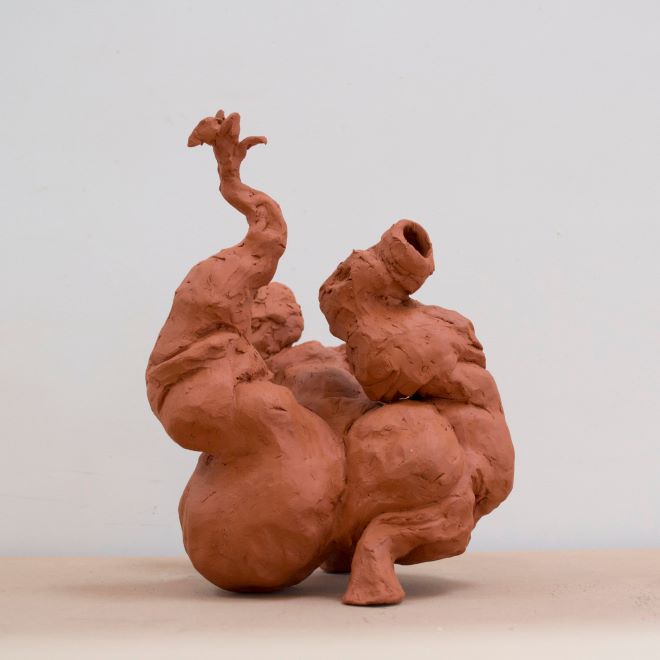
What are you planning for the second season of Unraveling?
This next season is expanding what art is. I think in the first season, I was trying to paint a couple different pictures of what art can be in terms of using movies, books, whatever, to bring people in the conversation. But now I’m trying to completely make art feel more abundant than what it is outside of those forms.
[Gerald holds up an orange, reusable water bottle.] For example, if we were talking about this cup, I understand this utilitarian function is to be a vessel to help somebody drink. When that cup is not in use, what does it look like in the cupboard? There’s a value in art for people and humanity that I think gets muddy when you add in commodification.I’m having different conversations with people about their particular art form that is not an art form. I’m really excited to do a conversation with a friend who specializes in acupuncture, really thinking through their devotion to healing as a craft.
I would love to have the freedom and the fluidity to have more impulsive experimentation, that I didn’t have to feel so high-polished. I don’t have funding a lot of times, so I’m working on that and trying to pitch polished products so then people can buy into the idea. I’m trying to figure out how to maximize the effort so then people can be along for the process. It’s just with my life being so chaotic, it’s got to be a little more in order.
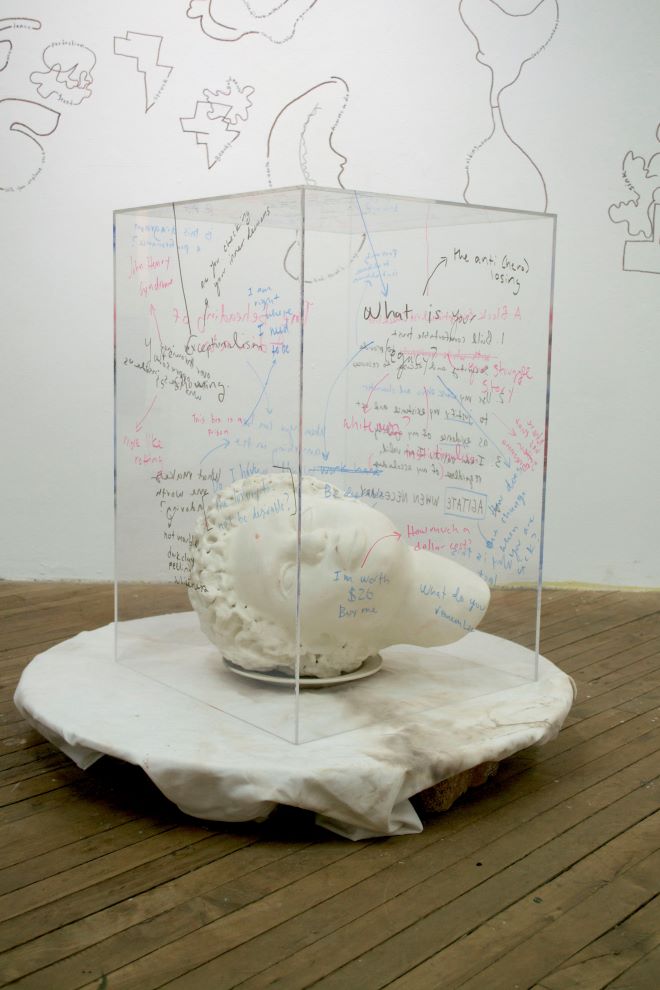
What does it mean for your life to be in order?
I was previously sick, and I’m coming off of almost two years in incubation because of experiencing chemotherapy, and a lot of different other health processes, to get me back to a state of homeostasis. So there’s a lot of fire burning in me to get my life back to where it was but also, trying to be in a more calm and healthy space.
I don’t think anybody in my life has healthy rest practices. I feel like we all are at a constant state of trying to outrun the problems that are occurring around us. When I was sick, I was writing about how the goal has always been to not die. And I wrote something like, “Where has that gotten me? What kind of pressure has that put on me?” I think that the fear, not just specifically the fear of death, but the fear of not being able to realize your potential because of the injustices around you, makes it hard for us to fully commit to rest.
A lot of people have sometimes communicated with me about Unravelings saying, “Just take your time, it’s going to come.” I feel humbled and grateful for the advice, because it does constantly remind me of rest, but I also just feel so frustrated about having to accept conditions that I don’t think we deserve and accept realities that we don’t deserve.
But I do know better now and know that rest is doing something, incubation is doing something, absolutely doing nothing is something. I’m not good at it, but I think that ultimately I’m working so hard because I’m imagining a day when I can truly do nothing and not feel guilty about it.
Logan Cryer is a curator based in Philadelphia with a penchant for local art histories. They currently serve as the Co-Curator of Icebox Project Space and they like to rewatch documentaries.
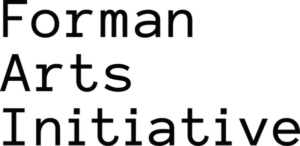
This story is part of a partnership between The Philadelphia Citizen and Forman Arts Initiative to highlight creatives in every neighborhood in Philadelphia. It will run on both The Citizen and FAI’s websites.
![]() MORE FROM OUR ART FOR CHANGE SERIES
MORE FROM OUR ART FOR CHANGE SERIES



